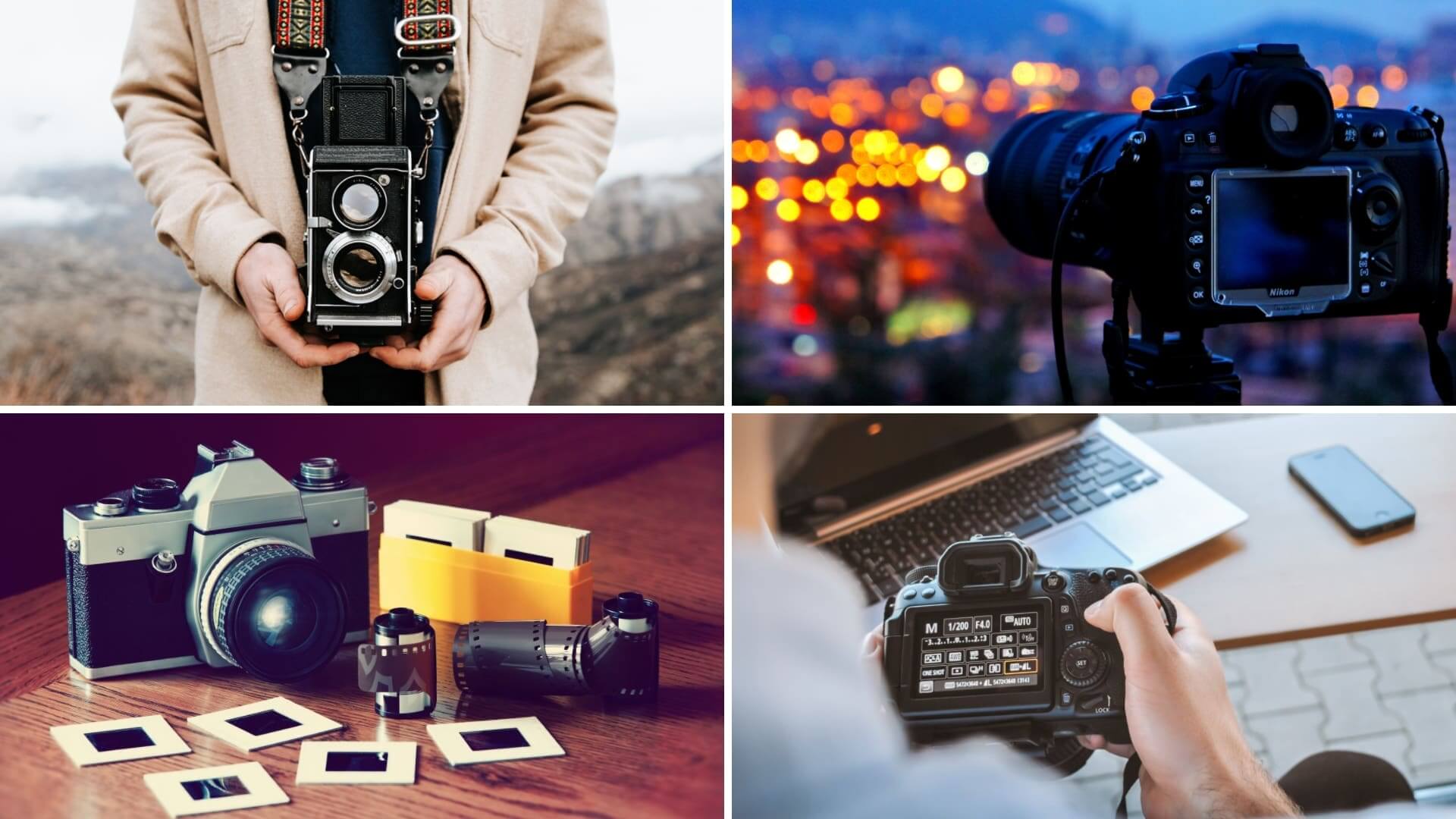Any photographer, whether you are aspiring to be a professional or take photos as a hobby, wonders whether or not film photography or digital photography is better. Knowing the difference between the two will help you utilize each to what they’re best at.
Ultimately, this will result in better photographs. Let’s take a look at the core differences between film and digital photography as well as the pros and cons of each medium.
Digital vs film comparison
DSLR vs 35mmphotography
Let’s start by taking a look at film photography. Before we take a look at the pros and cons, let’s distinguish the process of film photography from digital photography.
FILM PHOTOGRAPHY DEFINITION
What is film photography?
Film photography is the practice of taking photos by exposing thin plastic material we call film to light to create an image. The plastic material on a roll of film is coated with silver halide crystals that darken when exposed to light. One the film is exposed to light, it is then processed in a dark room with various chemicals to develop the final image of a photograph.
Pros of film compared to digital:
- Higher dynamic range
- Cheaper initial costs
- Analog texture and warmth
Film camera vs digital
Pros of film photography
Film photography is the original medium in the art of photography. Despite its age, film photography has held its popularity among photographers since the invention of the camera. What is it about film that so many photographers love? Let’s take a look at the main advantages of film photography.
Higher dynamic range
First and foremost, film photography has a higher dynamic range than digital photography. This means that the variances in tones between an image’s highlights and shadows are much greater.
The image quality of film across the board tends to be consistently higher. This is why so many black and white photographers choose to shoot film including legendary photographer Ansel Adams.

Film vs digital photography
Lower initial costs
Another advantage to film photography is that the initial costs to start are much lower than digital photography. The price of film cameras range, but even cheaper ones boast solid quality. While the long term costs of film photography are a different story, getting your hands on a film camera to start is much cheaper than digital photography.
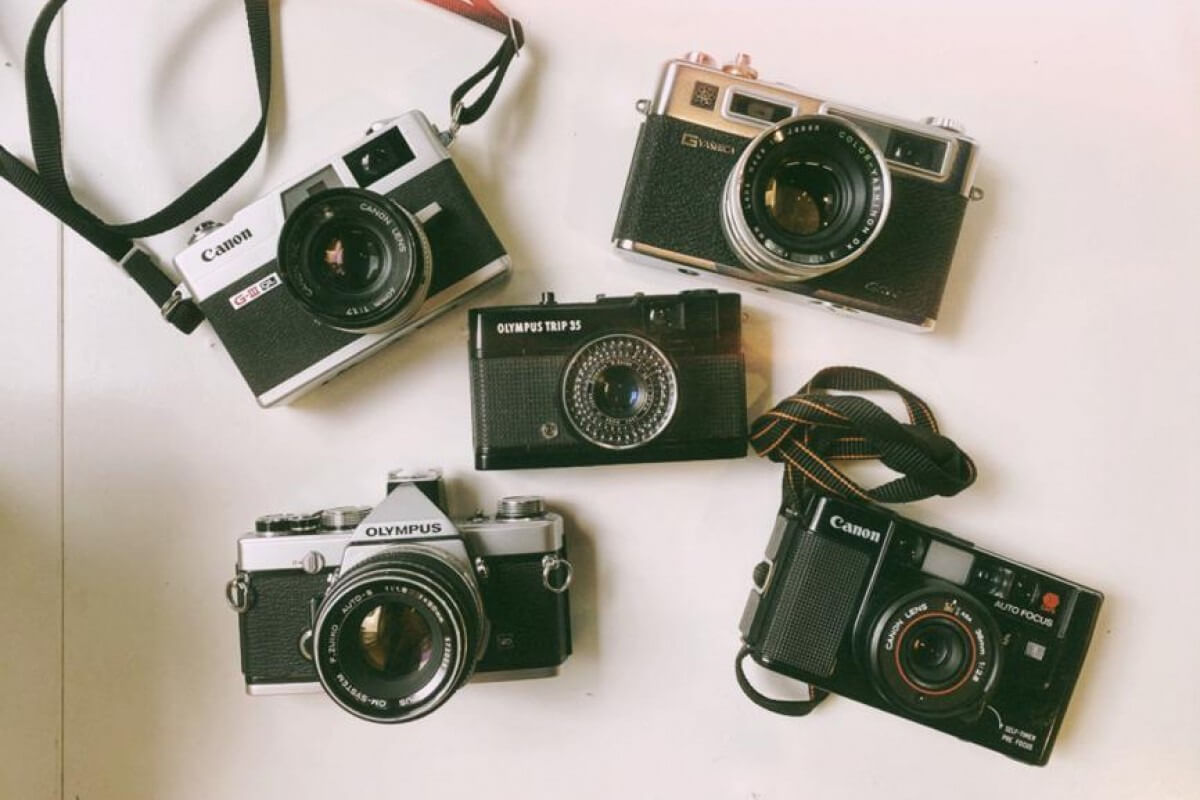
Film camera vs digital
Analog characteristics
One of the main reasons photographers choose to shoot on film is because of the analog characteristics it gives to a photo. Specifically, film grain adds unique texture and qualities to a photograph that are difficult to accurately replicate in digital photography.
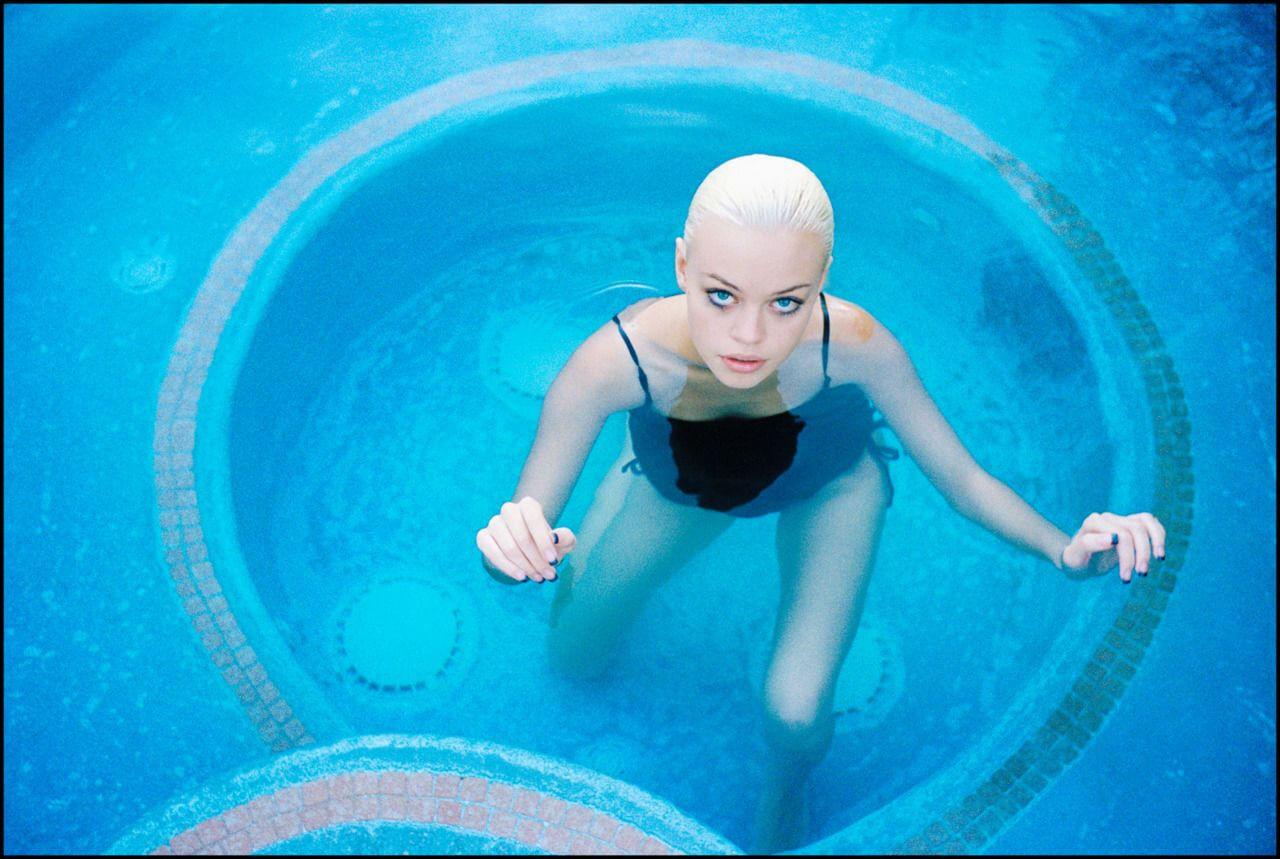
Film vs digital photography • photo by Ryan Muirhead
Various editing techniques aim to add grain-like qualities to digital images. However, there are specific characteristics of film photography that can only be achieved through film. However, there are also some disadvantages to shooting on film.
Pros and cons of film cameras
Cons of film photography
There’s no doubt that there’s a sort of nostalgia and romanticism that draws many photographers to shooting on film. However, there are some downsides to consider.
Limited shots
Because film photography utilizes a physical roll of film, there are only a limited amount of exposures or frames on each roll. Typically, rolls of film come in 24 or 36 exposures. This can limit the amount of photos you can take before loading up another roll.
However, some photographers see this as an advantage because it causes photographers to be more intentional and precise when composing their photos.
Expensive long term costs
Although film cameras have lower initial costs, in the long run they can be a more expensive venture. The cost of film and developing adds up quickly compared to digital photography.
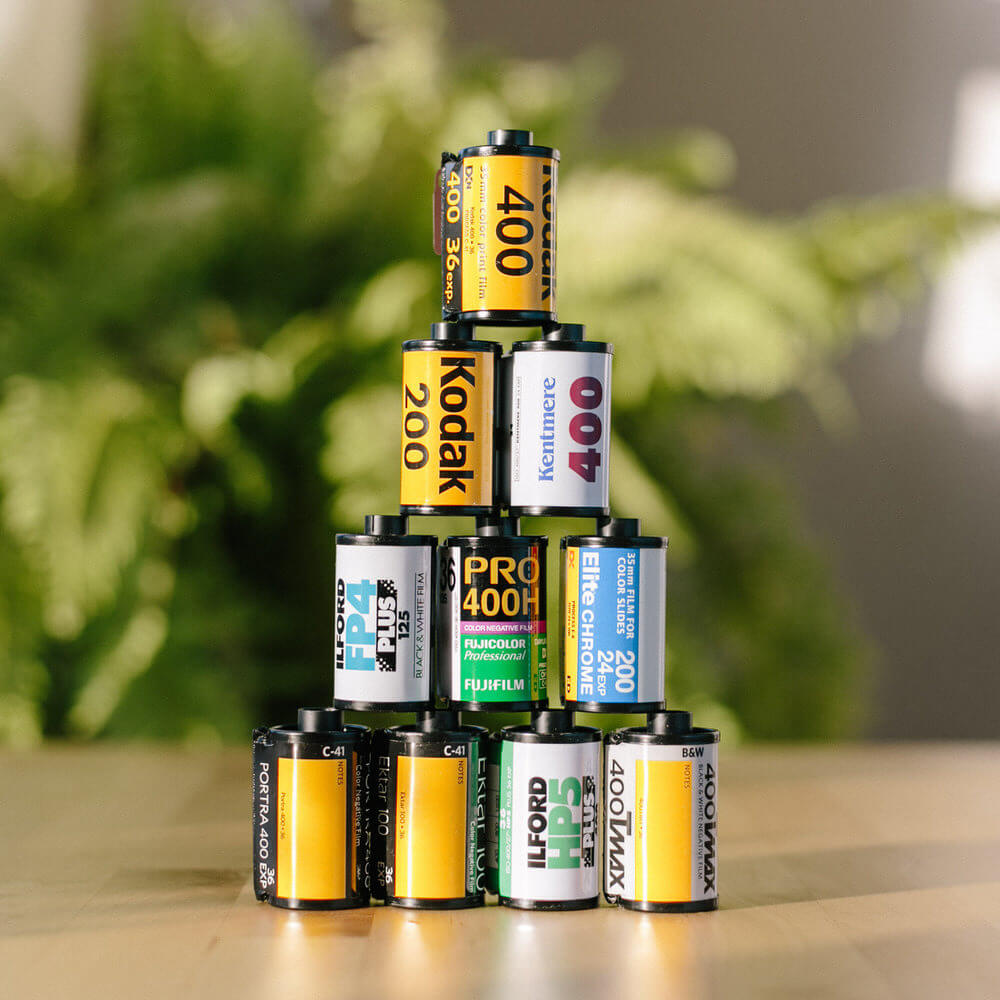
Film vs digital photography
Developing time
In addition to being more expensive, developing film will also result in waiting a bit of time before your photos are developed and viewable. This is unlike the instant gratification of digital photography where you can immediately review your shot.
Now that we’ve covered a bit of film photography, let’s take a look at digital photography to see how the two differ and help you decide in which medium is best for you.
Film vs digital photography
Pros and cons of digital cameras
Now that we’ve taken a look at the pros and cons of film photography, let’s dive into digital photography.
DIGITAL PHOTOGRAPHY DEFINITION
What is digital photography?
Digital photography is the process of taking photographs by using an electronic sensor to capture light rather than film. These images are then stored digitally on a memory card and are easily transferable as a digital file.
Pros of digital vs film comparison:
- Instantly reviewable
- Large digital memory cards
- Lower long term costs
Film vs digital photography
Pros of digital photography
Digital photography ranges from using DSLRs to mirrorless cameras to simple digital point and shoot cameras. Here are a few of the advantages to shooting on any of these digital cameras.
Instantly reviewable
Unlike film, digital photography allows the photographer to instantly review the photo they just took. This is great for two primary reasons.
First, it gives instant feedback to photographers so that they know what and how to adjust the next shot. Second, it creates shorter turnaround times for photographers from the point of shooting to printing or publishing their photo.
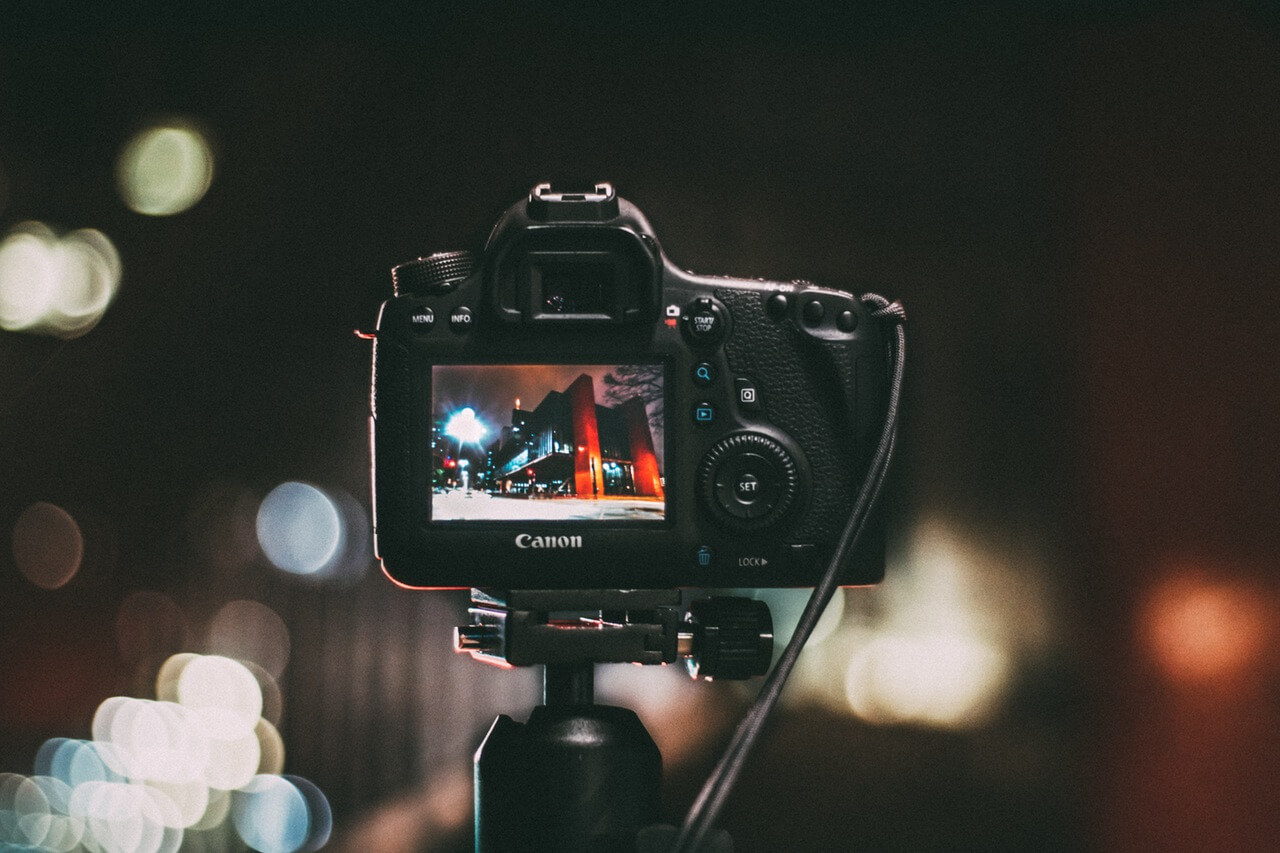
Film camera vs digital
Large digital memory cards
Another huge reason why photographers opt for shooting digital is because of the ability to use large digital memory cards. This gives photographers the ability to shoot literally thousands of images within the same memory card.
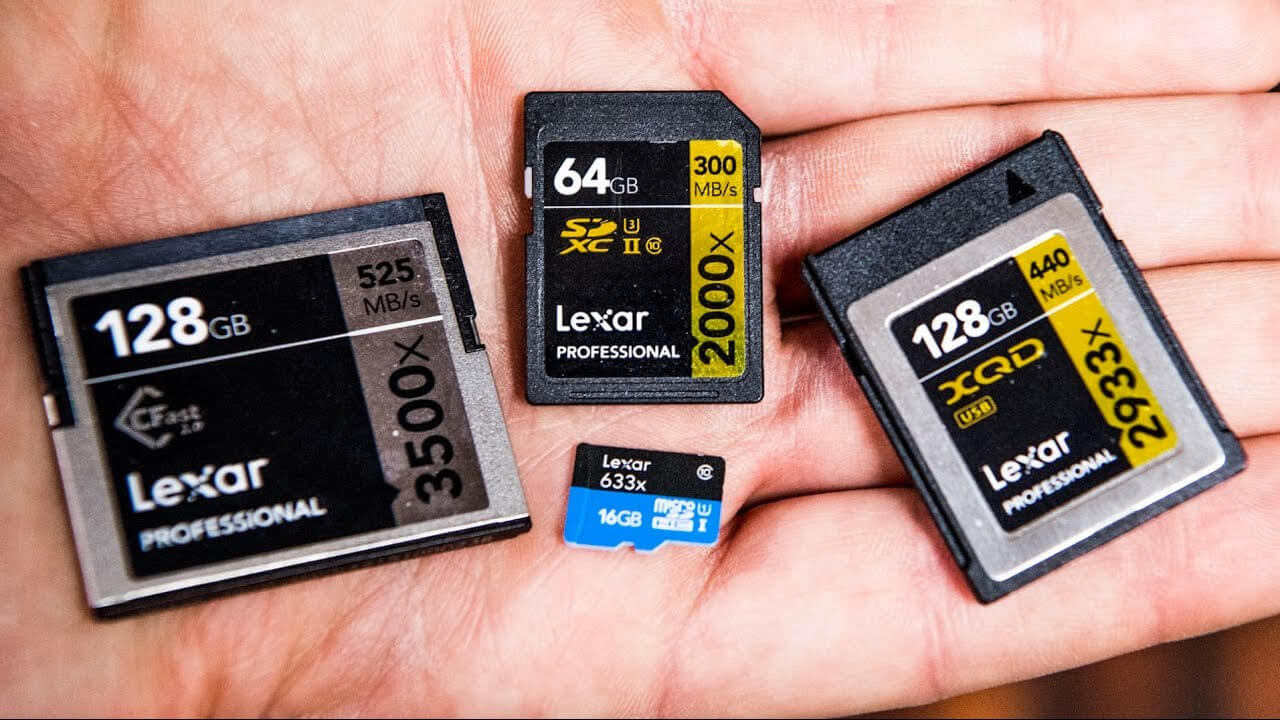
Film vs digital photography
Lower long term costs
Unlike film photography, the long term costs of digital photography are typically cheaper. Digital memory cards are not too expensive and can hold thousands of photos.
Once the card is full, you can simply dump them onto a harddrive and have an empty memory card for free. Digital photography also requires no money to process unlike film. This also leads to less expenses in the long run.
Film compared to digital
Cons of digital photography
The advantages of digital photography lean towards convenience and ease. The disadvantages, however, have more to do with the images themselves.
Inconsistent image quality
There are numerous types of digital cameras on the market. And not all of them boast the same image quality. Expensive DSLRs and mirrorless cameras can take incredible, high quality images.
However, many of the more affordable, commercial level digital cameras can have an unremarkable dynamic range. This results in lower image quality.
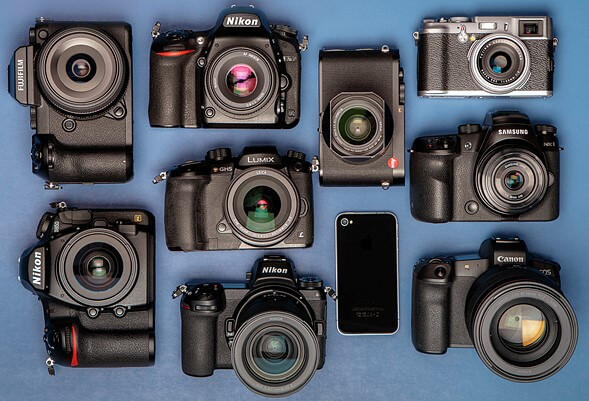
Difference between film and digital
Lack of analog characteristics
Even the most expensive digital cameras lack specific qualities for certain photographers. Specifically, a lack of analogy characteristics like warmth and grain.
While some photographers like the hyper-polished clarity of digital photography, some believe it lacks the textural qualities you get from film photography.
Expensive initial costs
Digital photography is cheaper in the long run. Initially, however, digital cameras can cost a lot more than film cameras. This is especially the case if you are looking for a digital camera with the best quality.
Related Posts
Difference between film and digital
Film vs digital photography conclusion
Now that we’ve laid out the pros and cons of both digital and film photography, the question still remains — which is better? The truth is neither is better or worse. They are both simply different.

Film compared to digital
Choosing digital photography or film photography depends on your style and approach to photography. Those looking for a more tactile photographic experience and willing to learn the entire process might be tempted to shoot film.
Those looking for ease and instant gratification should lean toward digital photography. In the long run, any photographer aspiring to be great should experiment with both to be more well rounded at their craft.
UP NEXT
How to Shoot Split Lighting Photography
If you read this and felt excited about film photography, check out our next article. We breakdown the steps to shooting split lighting photography from getting a camera, choosing your film, and getting your shots developed.
Up Next: How to Shoot Split Lighting Photography →
Share your vision with elegant shot lists and storyboards.
Create robust and customizable shot lists. Upload images to make storyboards and slideshows.
